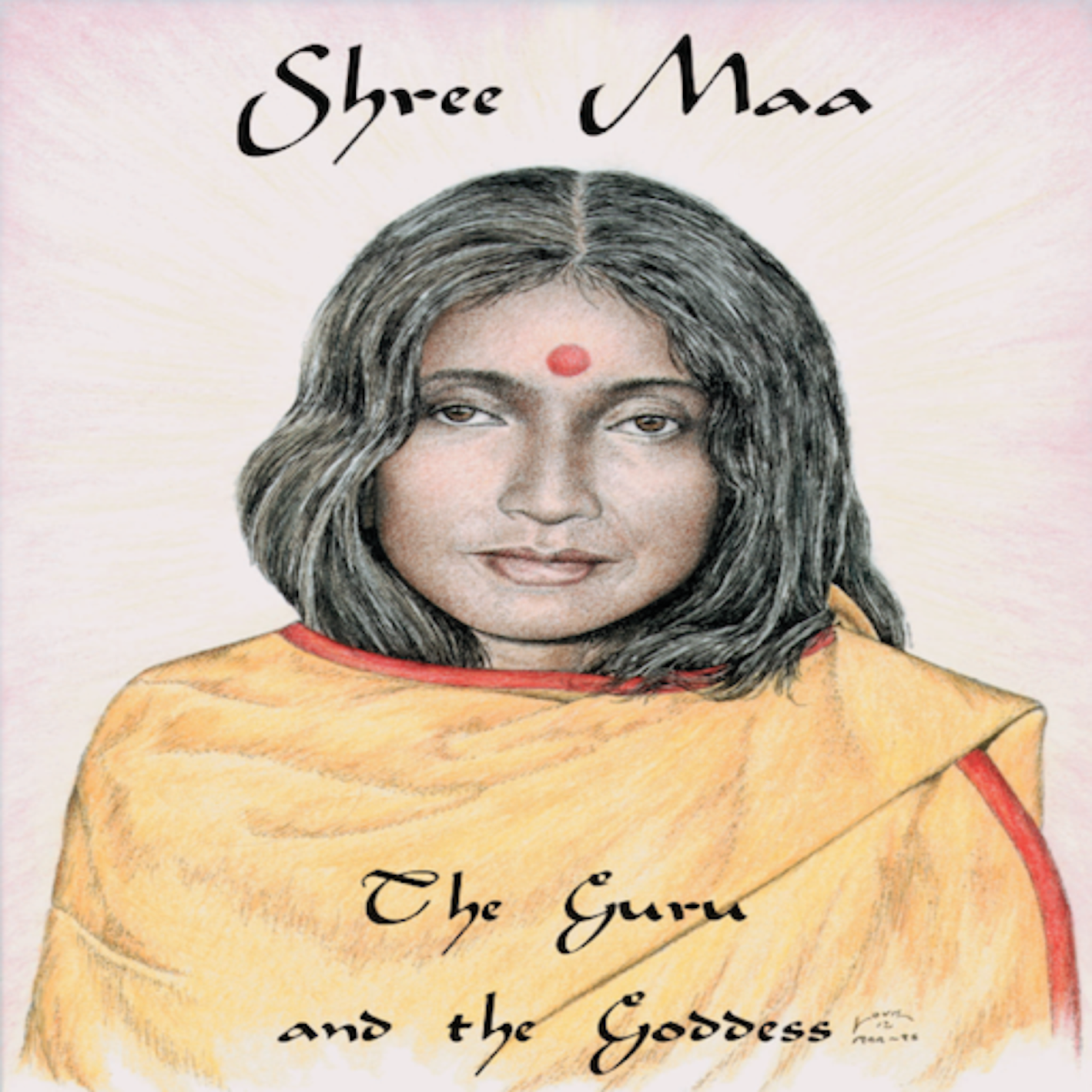Session-1: Introduction
Description
For every desire which an individual pursues, there is someone who sets an example and demonstrates the means to its attainment. Every time an individual becomes inspired to take a new course of action, a “guru”, who is the example, conveys that inspiration. The ancient rishis maintained three primary desires: 1) dharma – to attain an ideal of perfection; 2) artha – to procure that amount of material necessary to the attainment of that ideal; and 3) kama – to become free from all other desires. The perfection of these three desires leads to moksha, which means liberation, otherwise known as self-realization.
More Episodes
In class two, Swamiji translates verses 1 through 15, and explains each verse in depth. The discourse begins with Shiva and Shakti, who are united on Mount Kailas. The Goddess asked Lord Shiva, “Please give me initiation of the Guru.” Lord Shiva’s response commences the instruction of how to...
Published 10/18/13
In verses 91 to 105 of the Guru Gita, Swamiji explains that “cit” is pure consciousness and “citta” consists of the objects of awareness, such as buddhi (objective knowledge) and mana (subjective knowledge). The Guru wears all white, which represents purity and the absence of all opinions....
Published 10/18/13
The Guru is the source of all inspiration and the renewal of energy. Whenever we feel depleted, the loving remembrance of the Guru will uplift us and inspire us to move forward. The Guru’s Grace is the consecrated offering by which the soul is perceived. Swamiji says, “You can’t perceive your...
Published 10/18/13


